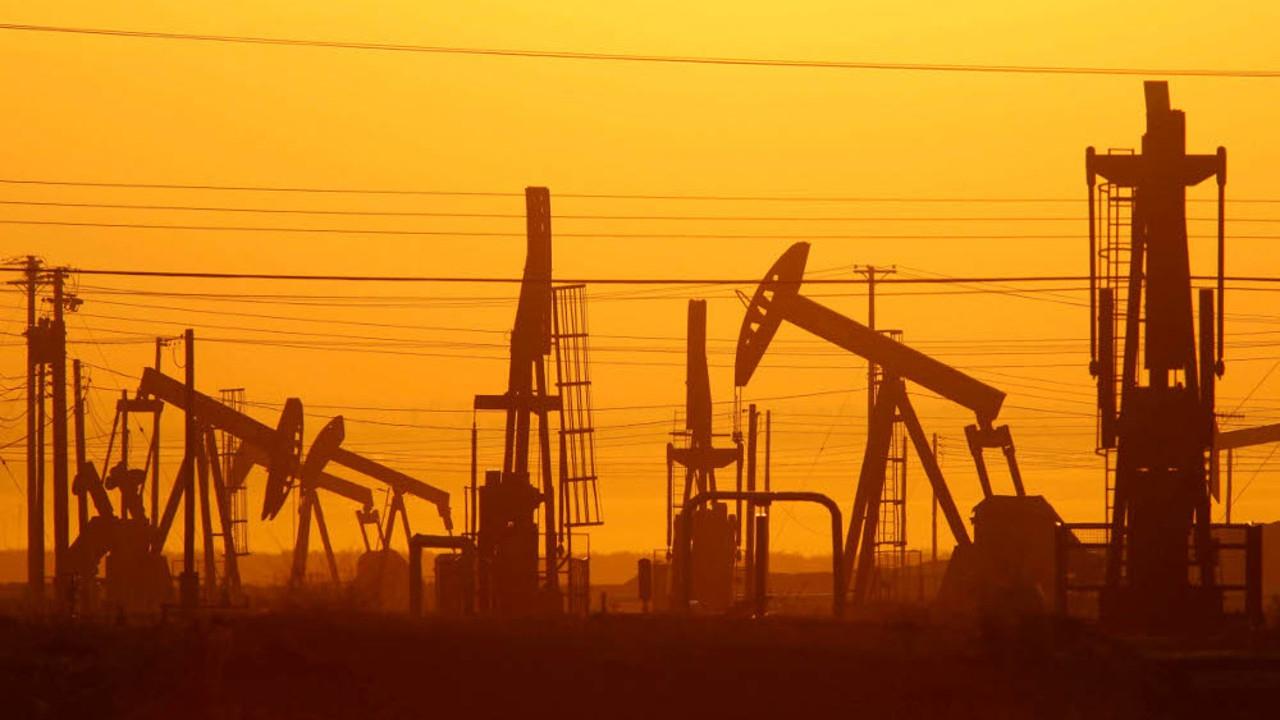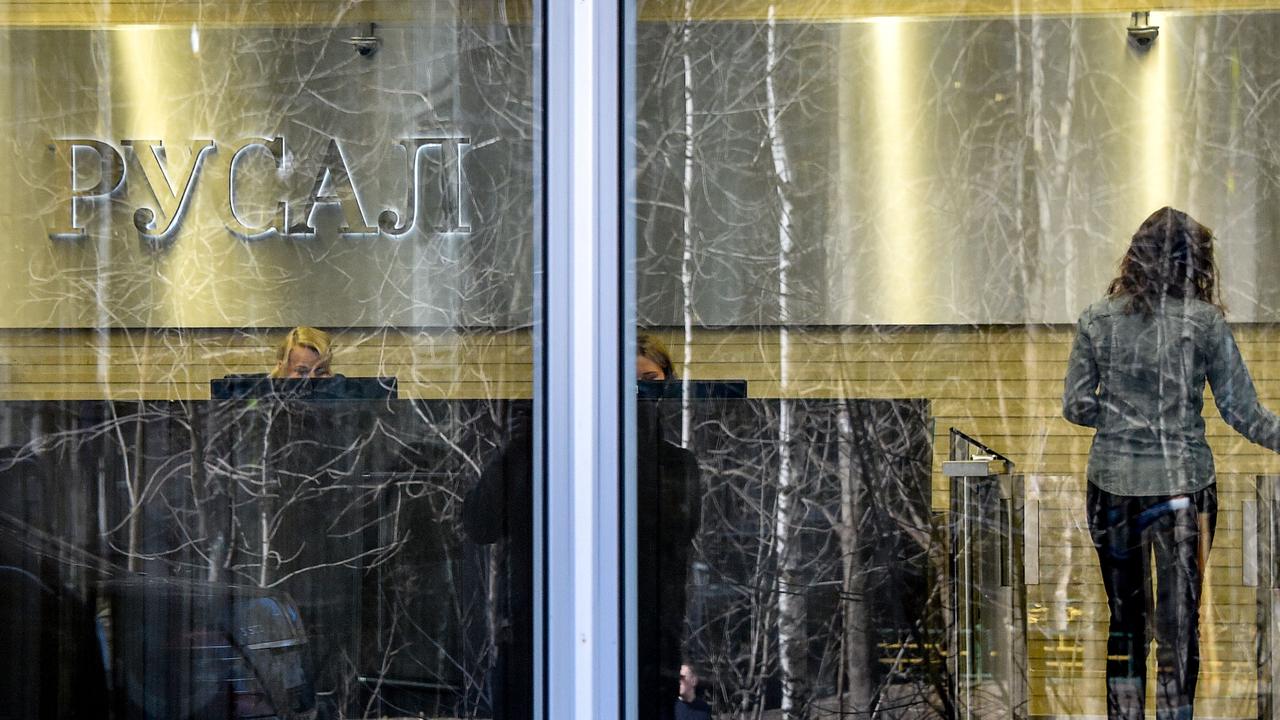Rio Tinto’s reasons for hope
There are no commodity price guarantees, but Rio has paid a respectable dividend and committed to growth projects.

Despite lowering cash costs again by a net $US414 million and despite a $US241m exchange rate benefit, the $US1.9 billion negative impact of lower prices resulted in a 47 per cent fall in Rio’s underlying earnings.
There’s obviously a limited ability to absorb continuing price impacts of that magnitude, given that Rio had already absorbed $7.7bn of adverse price impacts last year. The big easy gains on costs -- $US6.2bn between 2012 and 2015 – are no longer available.
Rio’s new chief executive, Jean-Sébastien Jacques, is pragmatic enough to realise that, despite a recent kick-up in prices -- particularly for his key commodity, iron ore – there are no certainties within a “volatile and challenging” environment.
In that regard he is in tune with his predecessor, Sam Walsh, who said after the full-year result earlier this year that “we don’t run our business on hope.’’ It’s why Jacques identified cash generation, balance sheet strength and costs as the key and continuing priorities.
He attributed the improvement in iron ore and other prices in the past few months (iron ore is trading at just under $62 a tonne against the first-half average realised price of $US44.50 a tonne) to the availability of credit in China but wasn’t prepared to speculate about their sustainability.
There are, of course, plenty of analysts who believe it isn’t sustainable and might end quite badly.
Jacques’ starting position is that the environment remains volatile, difficult and unpredictable. The response available to Rio is to prepare for worst conditions while hoping for better. That means an absolute focus on cash flows and the group’s balance sheet.
Cash generated from operations in the June half, at $US3.24bn, was down 27 per cent on the same half of 2015 but the fall wasn’t nearly as steep as the 47 per cent fall in underlying earnings to $US1.56bn.
Despite the tough environment and its reduced cash flows, Rio’s net debt fell from $US13.8 billion to $US12.9 billion.
The low-hanging fruit within its cost base might have already been picked, but Rio did take another $US560m out of its cost base and is on track to meet the $US1bn pre-tax target for 2016.
And, while the group’s abandonment of its progressive dividend policy has seen a 58 per cent fall in the interim dividend, from $US1.07 to US45 cents, Rio is still paying a dividend and says the interim payout, which will absorb about $US800m, is consistent with its commitment to paying an annual dividend of at least $US1.10 a share this year.
Beyond that Rio plans to pay out between 40 per cent and 60 per cent of its underlying earnings, although over the longer term rather than in any given year.
It is noteworthy that, despite the shrivelling earnings and the lower cash flows, Rio did actually generate $US2bn of free cash and has been able to not only pay a respectable dividend but also commit to some key growth investments.
The underground phase of the giant Oyu Tolgoi copper-gold mine in Mongolia, the Amrun bauxite project in Queensland and the Silvergrass iron ore project in Western Australia were all given green lights during the half.
While one suspects there won’t be too many more major investments made during this early phase of Jacques’ tenure, given the very cautious tone he adopted today, there aren’t many, if any, of its peers other than perhaps BHP Billiton that would or could contemplate committing to significant new greenfields investments.
While their impact will be spread over the next few years those growth projects (Silvergrass is really a $US338m incremental investment to maintain the Pilbara Blend that gives Rio its iron ore pricing premium) are quite significant. Oyu Tolgoi involved capital expenditures of $US5.3bn and Amrun $US1.9bn.
They are all, however, expected to be highly accretive to earnings and give Rio a growth tinge that most of its peers don’t have.
Within the result, Rio’s core iron ore division’s earnings held up reasonably well, falling only 17 per cent to $US1.74bn on an underlying earnings basis. The aluminium division’s contribution was down 52 per cent, to $US377m, copper and diamonds lost $US67m and energy and minerals contributed $US82m – an 11 per cent increase.
Lower prices, lower grades at Escondida and some non-cash asset writedowns were behind the loss-generating performance of the copper and diamonds unit, which Rio said was cash neutral after it managed $US140m of pre-tax cash cost improvements.
In the circumstances – in the face of the latest $US1.9bn after-tax impact of lower prices – Rio’s result is creditable and the numbers were both clean and in line with the market’s expectation.
The challenge for Jacques, and he appears acutely aware of it, is that there is no guarantee, despite the improvement in some of the key prices in the last couple of months, that he won’t face another spate of commodity price falls within the near term.




While Rio Tinto is on track to tick most of the boxes on the things within its control this year, the continuing impact of lower commodity prices has again dominated its first-half results.